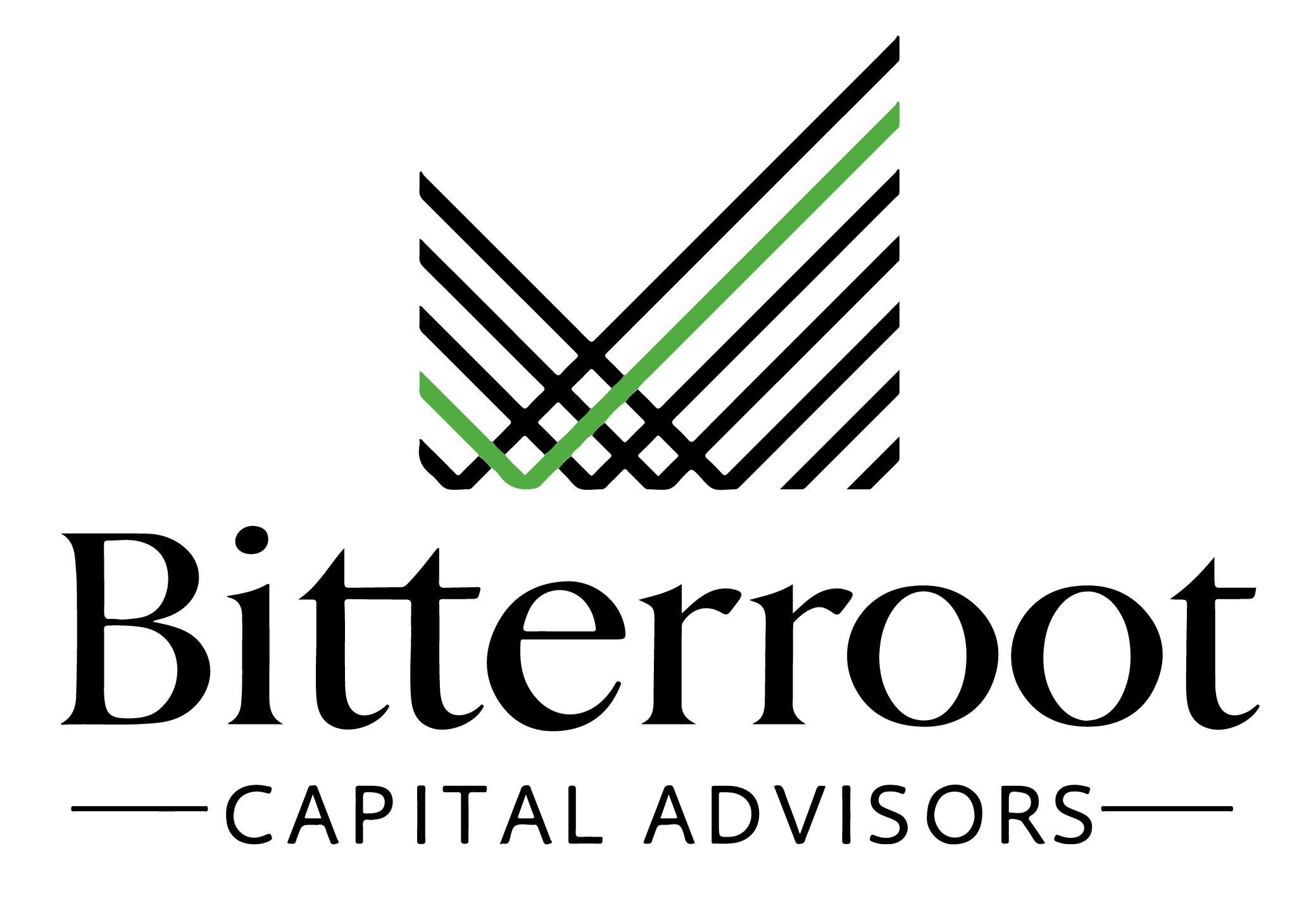Equity markets (ACWI Index) appreciated by 8.1% in Q1 and are up 3.6% YTD through April 18th.
All regions gained during Q1 but US large-cap stocks dominated while EM stocks lagged (S&P 500 up 10.4% while MSCI EM index up 2.1%) in USD terms.
Better than expected economic data coupled with strong corporate earnings drove strong equity market performance in Q1.
However, markets have pulled back 5.1% in April as US inflation was higher than expected, geopolitical unrest in the Middle East intensified, and US bond yields rose swiftly.
US government and investment-grade corporate bonds modestly declined during Q1, but losses have increased sharply during Q2 as interest rates have swiftly risen post quarter-end.
The Barclays US Aggregate Index was down 0.8% during Q1 and -3.1% YTD through April 19th.
US Treasuries and investment grade corporate bonds both declined during Q1 (-1.0% and -0.4%) and both are down 3.1% YTD.
Bond yields gradually appreciated by 30bps-40bps across the curve during the quarter. However, yields have risen swiftly by another 40bps-50bps since quarter-end. The 10-year US Treasury is now yielding 4.63% vs. 3.87% at YE 2023.
US high-yield bonds and leveraged loans (riskier corporate credit) performed better during Q1 and YTD.
High yield bonds were up 1.5% in Q1 and are down -0.3% YTD. Leveraged loans were up 2.5% and 2.7% during Q1and YTD respectively.
Q1 high yield and leveraged loan returns were driven by high coupon yields and modest spread compression.
However, the swift increase in interest rates coupled with modest spread widening hurt high-yield bond performance since quarter-end.
Credit spreads have remained in a tight range as corporate earnings performance has accelerated during the latter half of 2023. In fact, high-yield bond spreads of 323bps are now below historical averages (430bps) and are well-below the 800bps level normally seen during recessions.
Hedge funds performed well during Q1 with the HFRX Global Hedge Fund Index up 2.5%.
Global macro and trend following strategies performed best (+5.9%) followed by long-short equity hedge funds (+3.4%). Merger-arbitrage strategies performed worst (-0.7%).
Private equity was up 6.2% YTD through Q3 2023 (latest data available) with anecdotal reports pointing toward further gains in Q4.
Private equity managers report with a 60-to-120-day lag. As such, Q4 2023 and Q1 benchmark data is not yet available. However, most PE firms are reporting increased returns of low-SD during Q4 2023 driven primarily by underlying EBITDA growth at portfolio companies.
New deal activity for US PE buyouts has stabilized around $140-$160bln for the last several quarters. Entry valuation multiples increased in Q1 2024 to 11.9x from 2023 troughs of 10.6x (however, they remain below 2021 peaks of 13.8x). Leverage has continued to decline and now averages 5.2x Debt / EBITDA (45% of total deal value) vs. 5.9x Debt / EBITDA in 2021 (52% of total deal value).
During Q1 2024, exit activity remained subdued and was 23% lower than Q4 2023 levels. High-interest rates have particularly dampened sponsor-to-sponsor transactions.
However, continuation fund (GP-led secondary transactions) formation continued to accelerate in Q1 2024. Overall secondary market activity has also picked up, thus providing liquidity to LPs.
Private credit performed well in 2023 (latest data available given lagged reporting)
The Cliffwater Private Credit Index was up 12.6% in 2023 as portfolios benefitted from high current yields with stable pricing. Anecdotal reports point to 3%+ returns in Q1 2024.
The near-term outlook for existing funds is relatively positive. Increases in SOFR base rates has led to unlevered current yields of north of 10%. However, the percentage of loans with non-accrual status is starting to rise and may foreshadow increased defaults or markdowns for legacy loan books.
Private real estate pricing continued to decline in Q4 2023 (latest data available) with transaction volumes remaining low.
The NCREIF Index was down 3.0% in Q4 2023 (fifth consecutive quarterly decline) and was down 7.9% for full-year 2023. Cap-rates have begun to stabilize, although there is very limited data following the recent uptick in rates.
Market rental growth has decelerated for almost all property types as high levels of supply came online in 2022 and 2023. However, new supply is expected to decline considerably in 2025 and 2026.
Underlying property fundamentals remain reasonably strong across industrial properties but have stagnated for multi-family properties (rents up 3.6% YOY on a national level in Q1). Office fundamentals are generally under significant pressure except for the highest-quality, best located properties.
We see a favorable outlook for new private investment funds (currently raising money for 2024 vintage and 2025 vintages) with lower valuations and reduced leverage use, and in certain cases less capital chasing opportunities.
While the chances of a soft or no landing (especially in the US) have markedly increased, the level of economic and geopolitical uncertainty remains extremely high.
As such, we see a wider than normal range of possible outcomes (especially for public equity markets) over the remainder of the year.
We are incorporating these views into portfolio positioning by:
Adding duration to portfolios by purchasing Treasury bonds of intermediate maturities (5-10 years)
Continued allocations to new private investment strategies, especially private equity secondaries and private credit.

